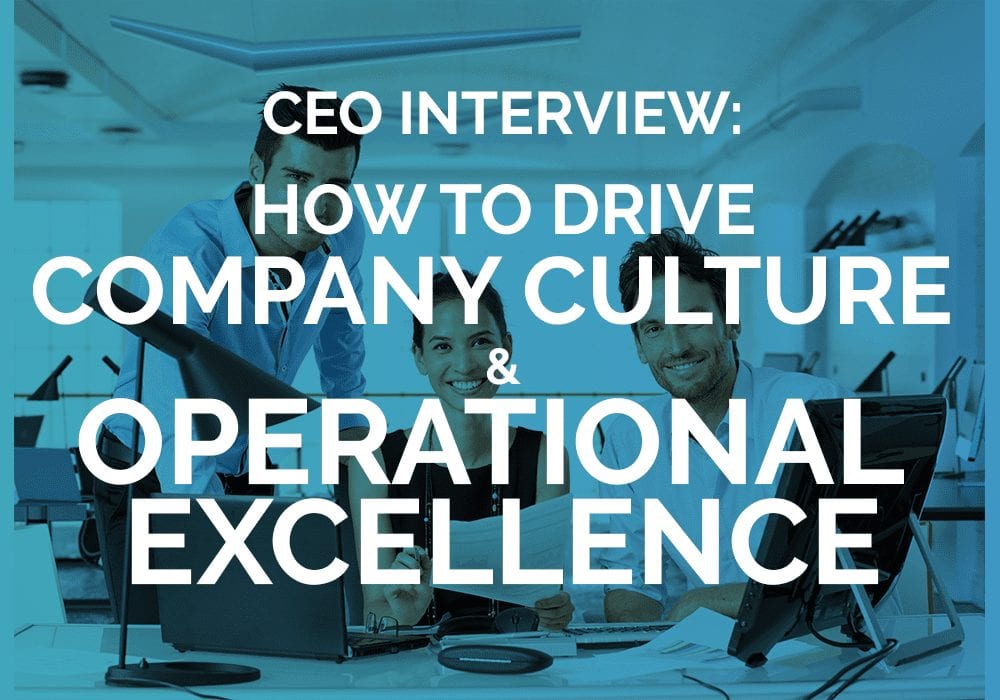A Comprehensive Overview of IT Roles in an Organization
The value of different IT roles and IT support structures.
In today's blog, we break down the various IT roles that make up a businesses IT department and compare the functions of these roles in-house with outsourced IT structures -- including hybrid options and capabilities.
The Importance of Understanding the Make-up of an IT Department
Since technology is advancing at an accelerated speed and changing the digital ecosystem in the business realm, it is both an exciting and challenging time for global industries. Businesses’ technology needs are growing, but so is their capability of supporting those needs.
The truth is, we have become so dependent on technology that any disruption can lead to catastrophic consequences. Every business needs a reliable and effective information systems support department to reduce IT costs, stay competitive, and tackle systems issues that arise.
Furthermore, enterprises attain higher agility and flexibility thanks to outsourced IT support, which allows them to optimize their operations and consequently maximize their profits.
Let’s take a look at how information technology specialists who can provide guidance and help ensure that the systems the IT department manages run smoothly.
In-House vs. Outsourced IT Support
Outsourcing IT support may be the most viable option for startups and small businesses as they tend to lack trained IT personnel . Larger companies may need to employ both mobile and desk-based staff, so their decision may be less clear.
With an in-house IT support team, you will have dedicated personnel that can immediately address hardware and software issues as they appear. There is also the apparent benefit of consistent costs as team members’ salaries remain the same each month.
The disadvantages include possible hidden costs (e.g., hiring a full-time professional) and providing them with an office, desk, computer, payroll account, and other benefits that may drive the cost even higher.
On the other hand, outsourcing IT support tends to be less expensive as much of the costs are spread over multiple clients due to the managed IT services model. Not to mention, you don’t have to worry about expenses related to training or certifying IT staff.
Furthermore, with companies like Managed Solution, you get 24/7/365 service and monitoring, as we offer around-the-clock access to IT support specialists.
As for the cons, some business leaders may not feel that their outsourced tech specialists are part of the team. When computer issues arise or when you need advice on the future of technology within your company, some feel that they need to spend time bringing them up to speed.
A way this matter is countered is through finding a provider that puts the people of your company first and cultivates a team of experts with a history of seamless integrations with in-house teams and IT infrastructures of all shapes and sizes.
At Managed Solution, for example, we pride ourselves in these very facets of support, so that you get expert specialists who transition into your organization with ease.
IT Support Roles
The changes new technologies bring to the business environment are disruptive, and the way economy functions is changing fast. The traditional business hierarchical systems are dissolving. The lines between CEO, CIO, CTO, and CFO roles are blurring as a consequence.
Let’s dive into these IT roles, which are so crucial in today’s digital age.
CIO
A Chief Information Officer is a C-level executive that oversees the IT needs of a company. They don’t deal with operational responsibilities (IT directors do that) since their responsibilities and skills are much different than they were 10-20 years ago (and they continue to evolve and adapt).
CIOs are responsible for strategic planning of business growth objectives and creating business value through technology. They oversee the development of customer service platforms, ensure tech procedures and systems lead to desired business outcomes, and manage development and IT team personnel.
They also establish IT standards, strategies, and policies while dealing with IRM (information risk management). CIOs are an important part of a company’s digital transformation.
CTO
The position of a Chief Technology Officer is thought to be one of the vaguest roles because it depends on many factors, such as business area, the number of outsourced/in-house workers, business processing style, etc. The CTO is there to solve tech challenges, work with IT personnel, and keep the organization running.
Their daily duties vary from company to company, but they are usually focused on external clients who purchase the company’s products. CTOs should be informed on the latest innovations, staying on the cutting edge of technology to allow the organization to offer the best products.
IT Director
The responsibilities of an IT director may include managing a team of employees, overseeing the infrastructure of technical operations, increasing user satisfaction, eliminating security risks, maintaining systems and operations, and tracking technology to achieve business goals.
An IT director is the person who oversees the people dealing with these tasks, and he or she is responsible for answering questions such as,
- “Are IT teams achieving their goals?”
- “Are they having issues?”
- "Are other departments providing the necessary support, infrastructure, and resources to the IT department?”
VP of Information Technology
VP of IT is responsible for planning the IT future for the company, as well as for the implementation of systems and their maintenance. Also, he or she must ensure maximum stability and uptime in the organization’s computer networks and systems.
The VP of IT is a technology leader who must be able to plan for the company and rally the troops around the plan, especially when new training is required for system changes and upgrades. In most companies, the VP of IT reports to the CIO.
IT Support Engineer
An IT support engineer is responsible for resolving any IT tasks at hand. They assist the project manager in managing projects, database administration, information security, installing new software, hardware installations, and other tasks to help the department perform their duties.
They need to have deep technical knowledge to be able to address problems efficiently and quickly. They are there to provide tech support for any IT-related issue, dealing with tasks such as:
- Troubleshooting technical issues regarding equipment, such as a desktop computer, laptops, tablets, printers, or any network-related issues
- Documenting all the issues and actions taken to resolve issues so other IT personnel can read about the problem and see the solution
- Configuring computer system phones, printers, and resolve related issues
- Testing the latest technologies
Managed Service Provider
If you’ve ever come across the term Managed Service Provider (MSP), it is a concept in which organizations and companies outsource specific services to companies specialized in providing them.
If you run a small or medium-sized company, you probably don’t need or cannot afford to hire a CIO, CTO, and IT director. What you can do is outsource a company specialized in providing IT support services that hires professionals who can perform those functions.
MSPs regularly perform areas of business activity such as:
- Managing software inventories
- Managing IT infrastructure
- Managing user access accounts on clients’ systems
- Offering fully-managed hardware outsourcing
- Offering tech support to staff
- Adding network security layers to IT systems
- Providing strategic guidance and consulting to help clients fulfill their IT initiatives/goals (CIO role)
They can provide Software-as-a-Service and offer remote storage or servers. Some managed service providers are specialized in providing hard-to-find IT expertise to assist users with usage difficulties or prevent issues on a client’s system.
In Conclusion
Large enterprises usually need to segment their IT support department and hire IT specialists (such as a CIO, CTO, IT director, VP of IT, etc.) to drive their tech development, implement the latest tech solutions, and oversee maintenance.
As for startups and SMBs, these organizations are focused on growth but don’t have enough resources to create an in-house IT support team. In that case, outsourcing help from MSPs is often the only viable and cost-effective option to get access to IT experts to support their business growth.
After looking at this breakdown of Outsourced IT, it's easy to see that companies of all shapes and sizes have multitudes of benefits to access including reduced costs, optimized operations, and a breadth of knowledge to access 24/7/365 days a year.
If you're considering Outsourcing IT, contact us today to learn more about what this can look like for your business and understand how we can support your IT goals to achieve greater success.
Continued Reading

May 27, 2020
What Is Information Technology and IT Support?
IT (Information Technology) support, commonly known as technical support, is […]
LEARN MORE
June 3, 2020
What Business Leaders Need to Be Focused on to Drive Culture & Operational Excellence - An Interview with Managed Solution CEO Sean Ferrel
In this video interview, you'll hear from Managed Solution CEO […]
LEARN MORE
